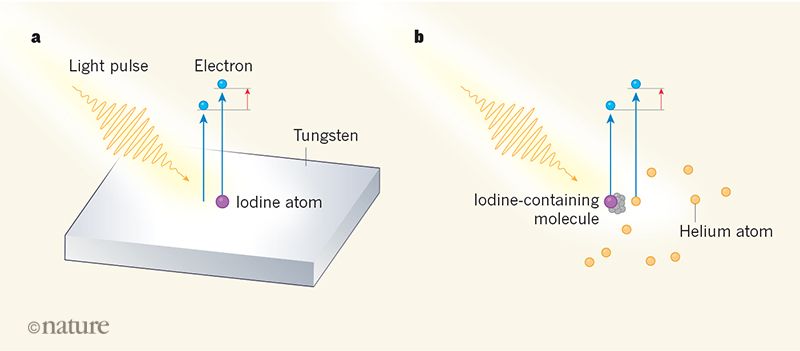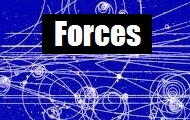| Very small observations |
A Neutron or Proton
as a spinning bloch sphere |
| Screen Width: | Angstroms 10^-10m |
| Time Unit: | Zeptosecs 10^-21s |
|
|
An Electron
as a Dirac Spinor |
| Screen Width: | 10Femto 10^-14m |
| Time Unit: | Yoctosecs 10^-24s |
|
|
Photon transmission
as a periodic bubble |
| Screen Width: | Micrometers 10^-6m |
| Time Unit: | Attosecs 10^-18s |
|
|
Electron/Proton attraction
under Coulomb's law |
| Screen Width: | Angstroms 10^-10m |
| Time Unit: | Attosecs 10^-18s |
|
|
Electron transmission through
Scanning Tunnelling Microscope |
| Screen Width: | Nanometers 10^-9m |
| Time Unit: | Nanosecs 10^-9s |
|
|
| Experiments |
|
Photoemission, the ejection of an electron from a material on the absorption of a photon.
Helium, experiment and calculation
|
 |
| Screen Width: | Angstroms (10¯¹⁰m) |
| Time Unit: | Attosecond (10¯¹⁸s) |
|

